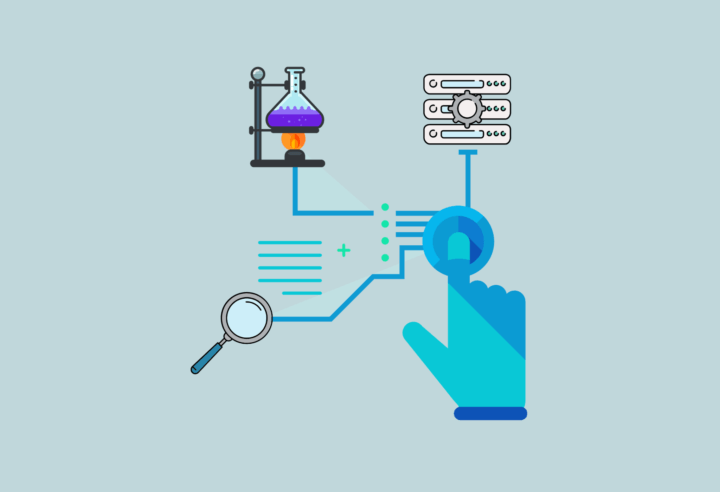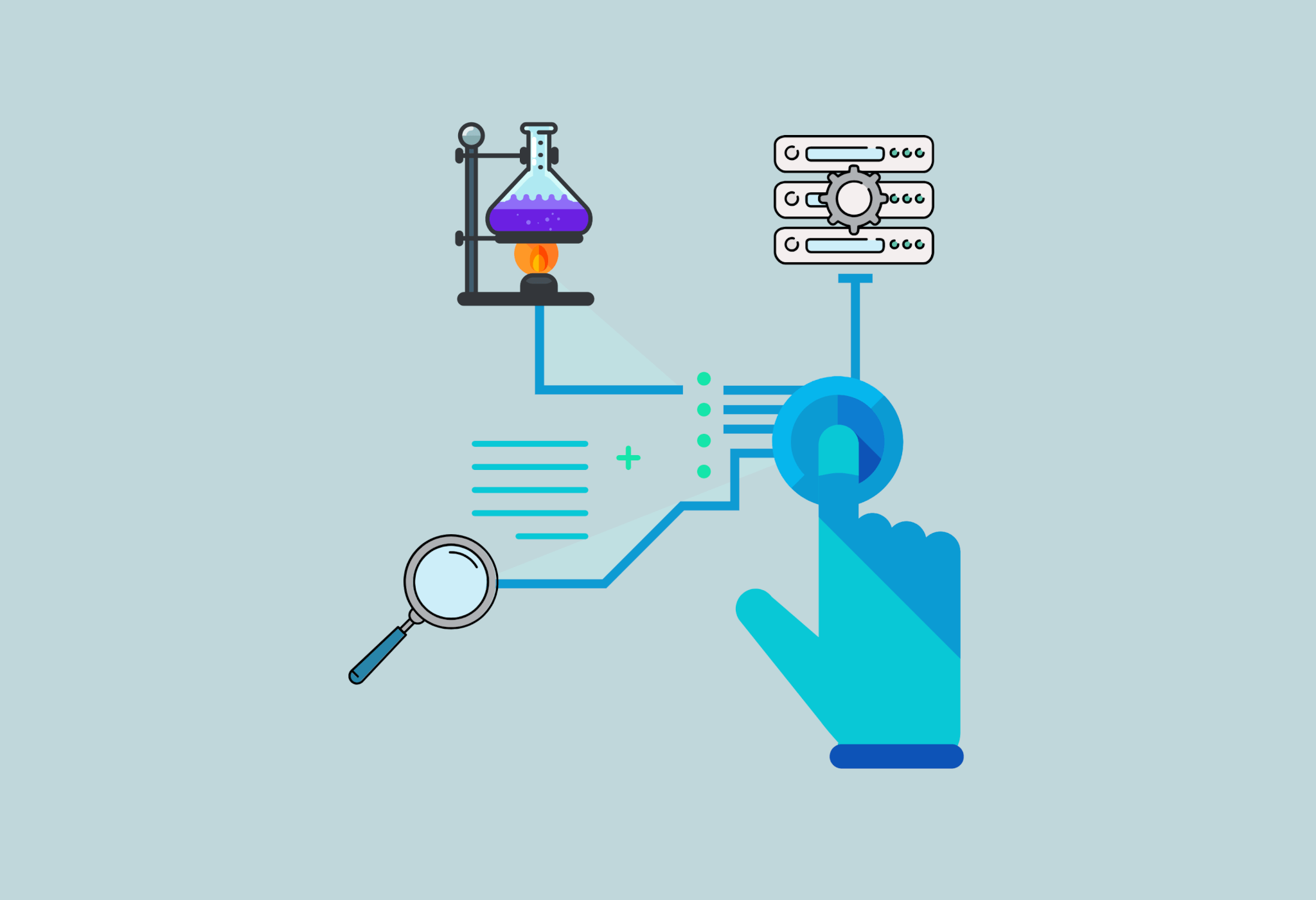This means your team should focus on developing a fantastic strategy.
You have to ensure that your brand will be the first one in their mind when they are starting to consider who to purchase from.
This article has put together ten different SaaS lead generation strategies that even startup companies can use. With these techniques, you can generate new leads to your website and eventually convert them into paying customers.
However, before we discuss all that, let’s get to know what SaaS and lead generation are first.
What Is SaaS?
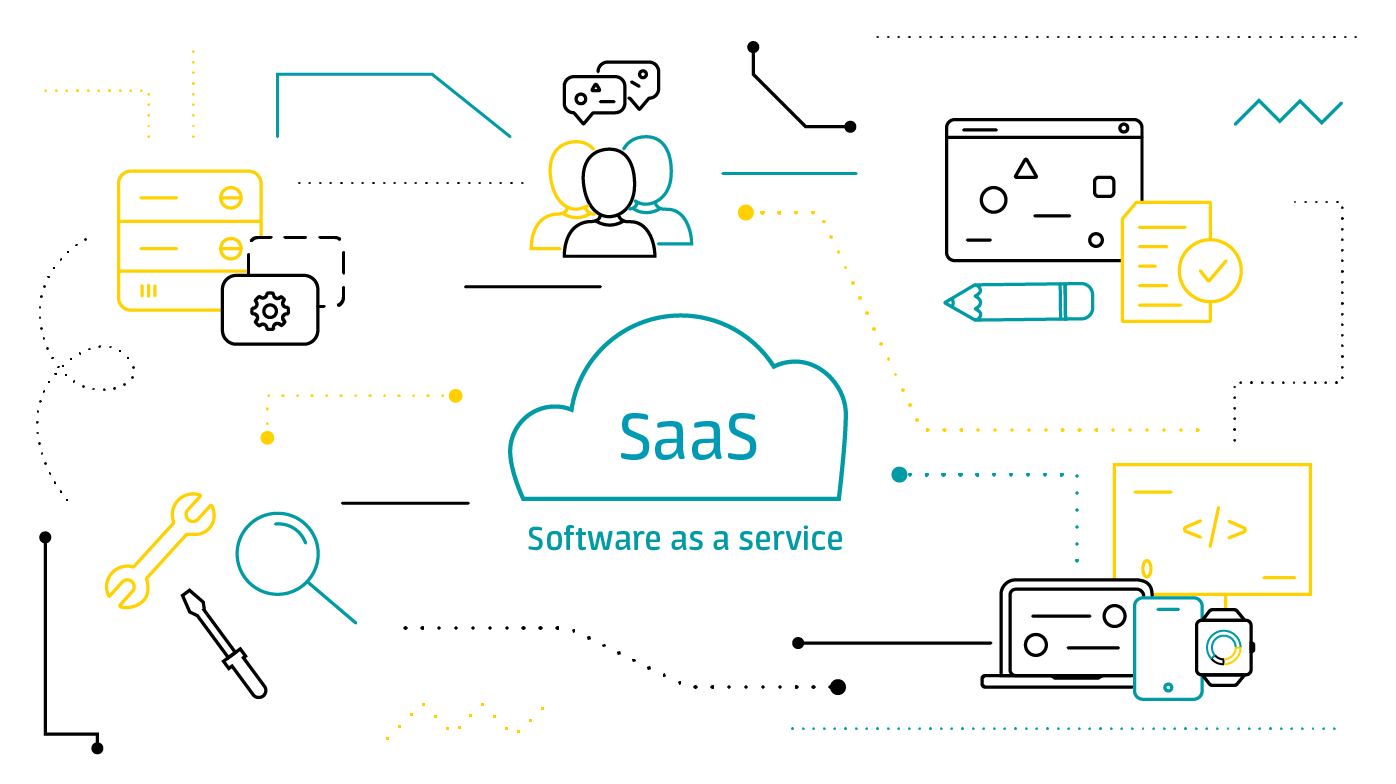
(Image Source: AVSystem)
SaaS or Software as a Service is a type of cloud-based service that businesses can use. Instead of downloading a particular software on your computer or business network that you and your team can run and update, you will be using an application via a browser.
The application can range from unified communications to office software among a wide variety of other business-related apps available online.
SaaS can offer both advantages and disadvantages to your company — and we’re going to talk about them below.
5 Advantages of Running a SaaS Product
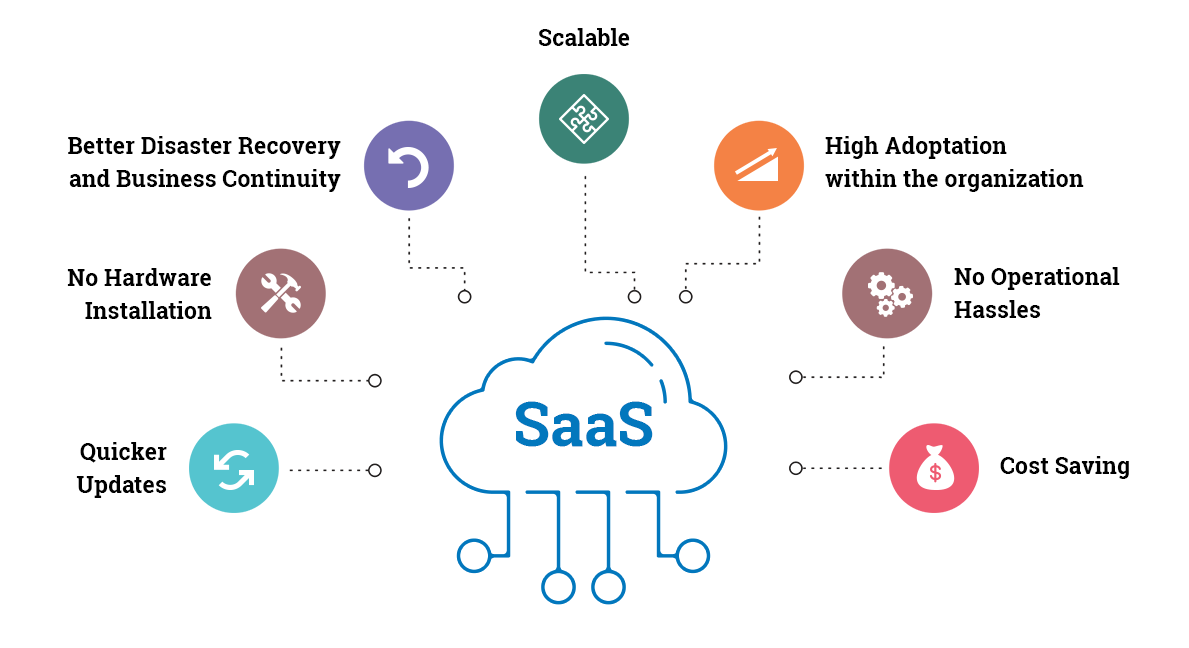
(Image Source: Apogaeis)
There are several things you can enjoy when you start using SaaS for your brand. Here are some of the significant benefits it has to offer:
1. Accessibility
One of the greatest advantages of using SaaS is you can run it through any internet browser you are using, regardless of which Operating System you have.
So, whether you are running the application on Linux, Mac or Windows (or even android or iOS phones), the app will still be accessible. That’s precisely the reason why SaaS is very versatile.
If you start using SaaS, you don’t have to worry anymore about the compatibility of the applications you use with other software and your PC’s operating system.
Moreover, it can also be used on mobile devices such as tablets. In fact, SaaS applications are designed to be mobile-friendly. Therefore, you can access it on the go, as long as you have your mobile device with you.
2. Updates and patches
Since SaaS runs in the cloud, the application vendor can update it centrally without adversely affecting users’ business operations.
Unlike on-premise software, you don’t need endpoint security testing or a particular degree of compatibility before patches and updates can be applied.
That said, SaaS can help avoid the pitfalls of testing that can decrease the development cycle’s speed.
3. Hardware
This is one of the biggest reasons why more and more companies consider SaaS. With it, you don’t need an initial investment for you to start using it.
If you choose on-premise software, you would not only need desktops with compatible software or business PCs, but you would also require additional network switches and servers. Those are extremely necessary to support your software and your business.
Fortunately, with SaaS, you no longer need to worry about all those. Even small businesses can now have access to various software tools provided by SaaS-based apps. Initially, only big enterprises can afford to build those.
On top of that, it is scalable. This means if you want to add more users or reduce them, you can simply adjust your billing plan accordingly. Compared to on-premise software where you would need to buy more hardware when you are planning to expand.
4. Savings and storage
When you are using on-premise storage, you will need to invest in several reliable backups like cloud storage or other disaster recovery plans to avoid data loss due to hardware issues.
With SaaS, your data will be saved in the cloud. What’s even more impressive is your staff can switch between devices without losing their data or current work progress. They just have to log in to their account and continue their task, regardless of the device used.
5. Data and analytics
Since everything is running through a centralized platform, you would not have any issues capturing data for analytics purposes.
Most brands that use SaaS lead generation usually have access to reporting tools and visualizations. Through this, your company can get a clear insight into your business operations.
Disadvantages of SaaS
Every marketing tool has its flaw — and with SaaS, you would need an internet connection for you to use it. So, no internet means no SaaS access.
However, with the availability of high-speed phone networks like 5G and various broadband deals, we don’t think this would be an issue.
If you think your team would be working without an internet connection from time to time, you can use SaaS applications that offer an offline mode with basic functionality.
What Is SaaS Lead Generation?
In a nutshell, lead generation is the process of attracting strangers to your business until they become leads or prospects, and eventually, profitable customers.
On the other hand, a lead is a person who has indicated an interest in any product or service your brand offers.
Therefore, SaaS lead generation is the effort made by a particular SaaS company to generate more website visitors and obtain their contact information, usually their email address.
Once site visitors have provided their email address, they are converted from a lead to a prospect.
Although they are not yet ready to make the purchase, they have shown an interest in your offers by giving their personal information. Chances are they would look or need a SaaS solution in the future, so you should consistently nurture them.
3 Stages of SaaS Lead Generation
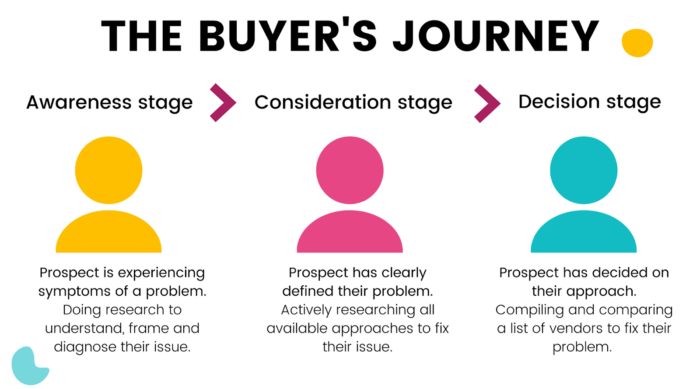

(Image Source: Noisy Little Monkey)
1. Attracting people to your site
Yep — the first thing you have to do is attract as many visitors as possible to your brand’s website. It can also help if you get them on other platforms like apps or social media sites.
The idea here is to get them in places where you can present them your form to get their information.
However, you must note that your website is the most effective way to capture the data you need. When they’re on your site, they would know what your business exactly offers, which means you will have more opportunities to encourage them to purchase from you.
2. Engage and encourage them to take action
Like what we mentioned earlier, your website is a significant factor in converting a lead. That’s why it would be best to feed them engaging content — something that would hold their attention and keep them on the site longer.
Once you have captured their attention, you should follow through with a compelling CTA (Call-To-Action) to successfully turn them into prospects.
You can do this by offering a lead magnet. It’s a valuable and attractive offer that’s related to your business.
The most common lead magnet that many companies use is gated content. It can be an e-book or whitepaper. Just make sure that your downloadable content is related to your initial content.
3. Convert visitors into leads
Your CTA or lead magnet should take visitors to your landing page or to an opt-in form where they can enter their details.
If you directed them to your landing page, it would be best to provide further information about the lead magnet you offer.
After capturing their contact information, you can give yourself and your team a pat on the back for converting a visitor into a lead.
And that’s it — the three stages of doing SaaS lead generation. You might want to note that although the process looks simple, you will be going through complicated details to get through every stage.
5 Common SaaS Lead Generation Mistakes
Before we present you the ten SaaS lead generation strategies you can use for your business, here are common misconceptions and mistakes in creating a SaaS lead generation strategy:
1. Looking at the wrong KPIs and metrics
Many marketers are looking at the wrong metrics and that’s one of the biggest mistakes made when it comes to SaaS marketing and lead generation.
To avoid this from happening, you and your team should have an in-depth understanding of what a lead is and who are considered qualified leads.
The entire organization should know your lead generation process’s primary goals and the various ways to measure performances according to your company’s objectives.
For instance, if your primary lead generation goal is to obtain email addresses from site visitors, you must measure the email conversion rate. It’s also significant to look at the number of return visits.
Those repeat visits can be potential leads, which means you should develop an effective way of capturing their information.
Therefore, you should not underestimate data and information. Make sure you define your KPIs and metrics. And of course, never forget to set up a system that can help you analyze your captured data.
2. Focusing on quantity over quality
Generating as many leads as possible might sound great, but it can be counterproductive in the long run.
Attracting and nurturing leads can cost you money and time. So, you will just be wasting your money, resources, and time when you continue obtaining and nurturing low-quality leads.
When a particular prospect has a poor experience with a solution you offer, they might tell other prospects or clients about it, affecting your future SaaS lead generation campaigns.
Yes, a low-quality lead might convert, but there’s also a high possibility they would churn.
3. Fear of failure
Even if you plan your SaaS lead generation strategy so well, you have to accept that there will always be room for improvement.
It’s crucial that you run tests on everything and continuously improve your content, website, opt-in form and other lead generation tactics.
Let’s face it, there would be a possibility of failure. But don’t fret because you will learn a lot from being wrong than being right.
Always remember that it’s perfectly alright to fail in your lead generation efforts. What’s important is you won’t stop optimizing and improving your SaaS lead gen strategies.
4. Not having a full understanding of your target market
This is one of the biggest and most common mistakes of SaaS marketers. You should never ignore the importance of defining your buyer persona.
A buyer persona is the characteristics of your brand’s ideal buyer that’s based on research and data. By coming up with a well-defined buyer persona, you will know who your ideal customers are and understand their purchase habits and behavior.
If you know your audience, you can develop targeted content to convert your leads to customers successfully.
5. Ignoring SEO
Content is one of the most significant elements in any lead generation strategy. It’s vital in attracting people to visit your website where you can provide them a form to enter their contact information.
However, no matter how excellent your content is, it wouldn’t generate leads if your audience can’t even find it. This is where SEO comes into view.
Promoting your content is as crucial as creating valuable content.
Let’s put it this way: ignoring SEO would make you fail SaaS lead generation. In fact, SEO should be the foundation of your entire lead gen strategy.
10 SaaS Lead Generation Strategies That Work
1. Set S.M.A.R.T. goals
Before creating any lead generation strategy for SaaS, you should have a goal. Wait… it shouldn’t be just any goal but a S.M.A.R.T. goal.
S.M.A.R.T. is an acronym for Specific, Measurable, Agreed, Realistic, and Time-bound. When your goals have these characteristics, they would be clear and achievable.
It’s vital to have clear goals because they will guide your entire marketing team. With S.M.A.R.T. goals, they will know what your company is trying to achieve and develop ways of achieving your goals.
To make sure you have S.M.A.R.T. goals, you can ask yourself the following questions:
- Specific – What are we trying to achieve?
- Measurable – What are the criteria in determining whether we have reached our goal?
- Agreed – Did all the stakeholders agree on the goal we set?
- Realistic – Do we have sufficient technology, financial and human resources to achieve our goal?
- Time-bound – When should we reach this goal?
For example, your goal can be: “To obtain 500 new leads by the end of 2021.”
2. Create a clear buyer persona
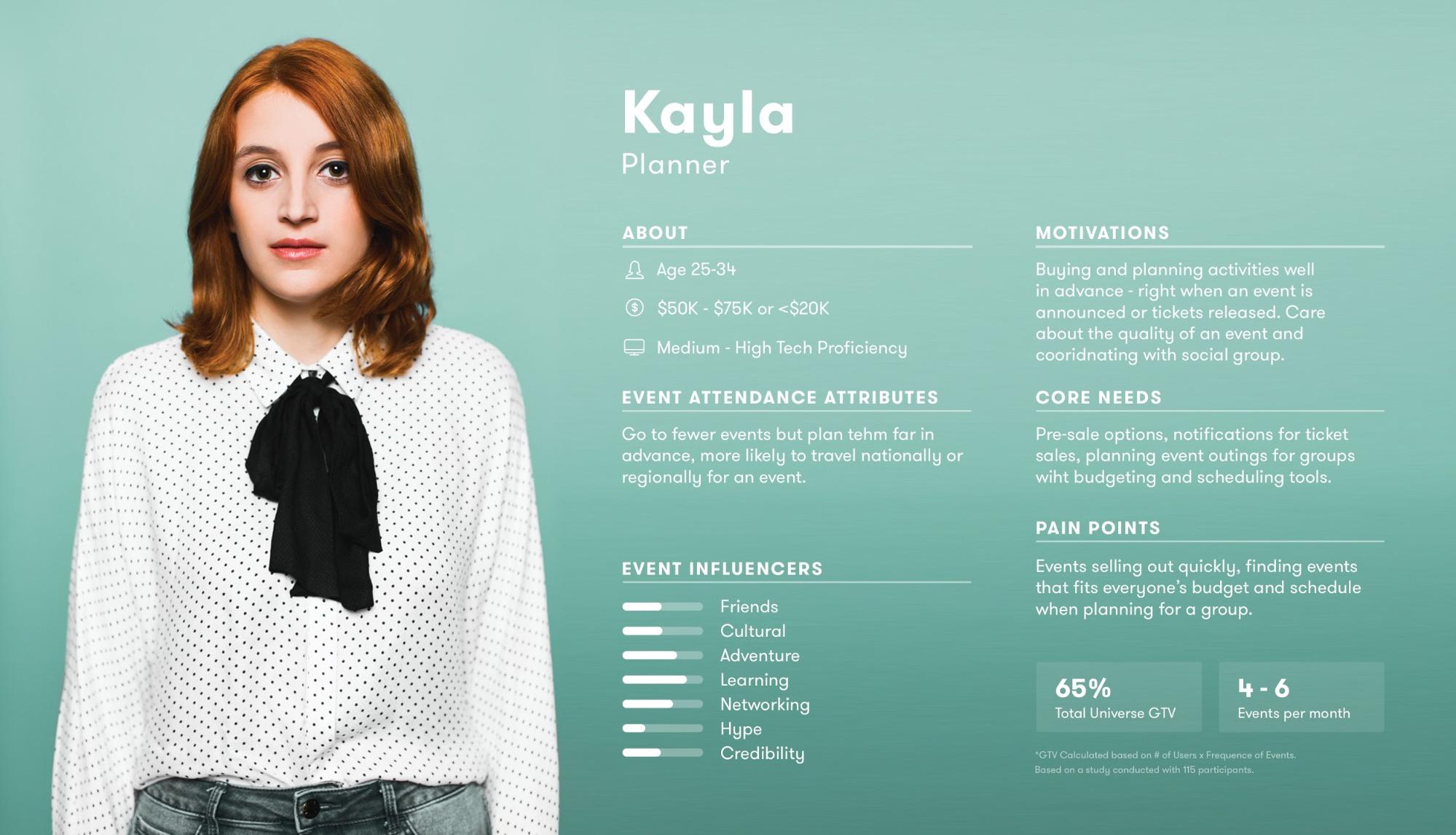
(Image Source: Venngage)
To generate SaaS leads successfully, you have to come up with a clear buyer persona. With it, you can have a concrete insight into your potential clients’ buying behaviors, pain points, aspirations and interests.
As a result, you will be available to create content that can pique their interest until they become willing to provide their contact details and know more about your brand’s offerings.
Take note that you can have as many buyer personas as you need. This is common for many SaaS companies, depending on the type of products they offer.
Although you have several personas, just make sure they share one common trait.
3. Do your keyword research
A keyword can be a single word or a string of words that people would use to find something on the internet.
When it comes to SaaS lead generation, keywords can serve as a bridge that will take your ideal customers to your website’s content.
In selecting keywords, you should start by creating a list.
Here are some tips you can bear in mind while listing down different keywords:
- Include general terms
- Target specific customers
- Think like a customer
Once your list is complete, it’s time to identify which ones would work best with your SaaS lead gen strategy.
4. Optimize your website’s speed
A slow-loading website is like a bad omen to businesses. So, remember the 3-second rule. That’s the only time you have to load your site.
If the loading page takes longer than that, you will lose a customer and hurt your search engine rankings.
Therefore, you should take the time to optimize your website. Improving its speed by just a few milliseconds can significantly impact your sales and lead generation efforts.
Take Walmart, for example. They noticed a 2% increase in conversion rates for every 1 second loading time improvement.
5. Create a video for your product
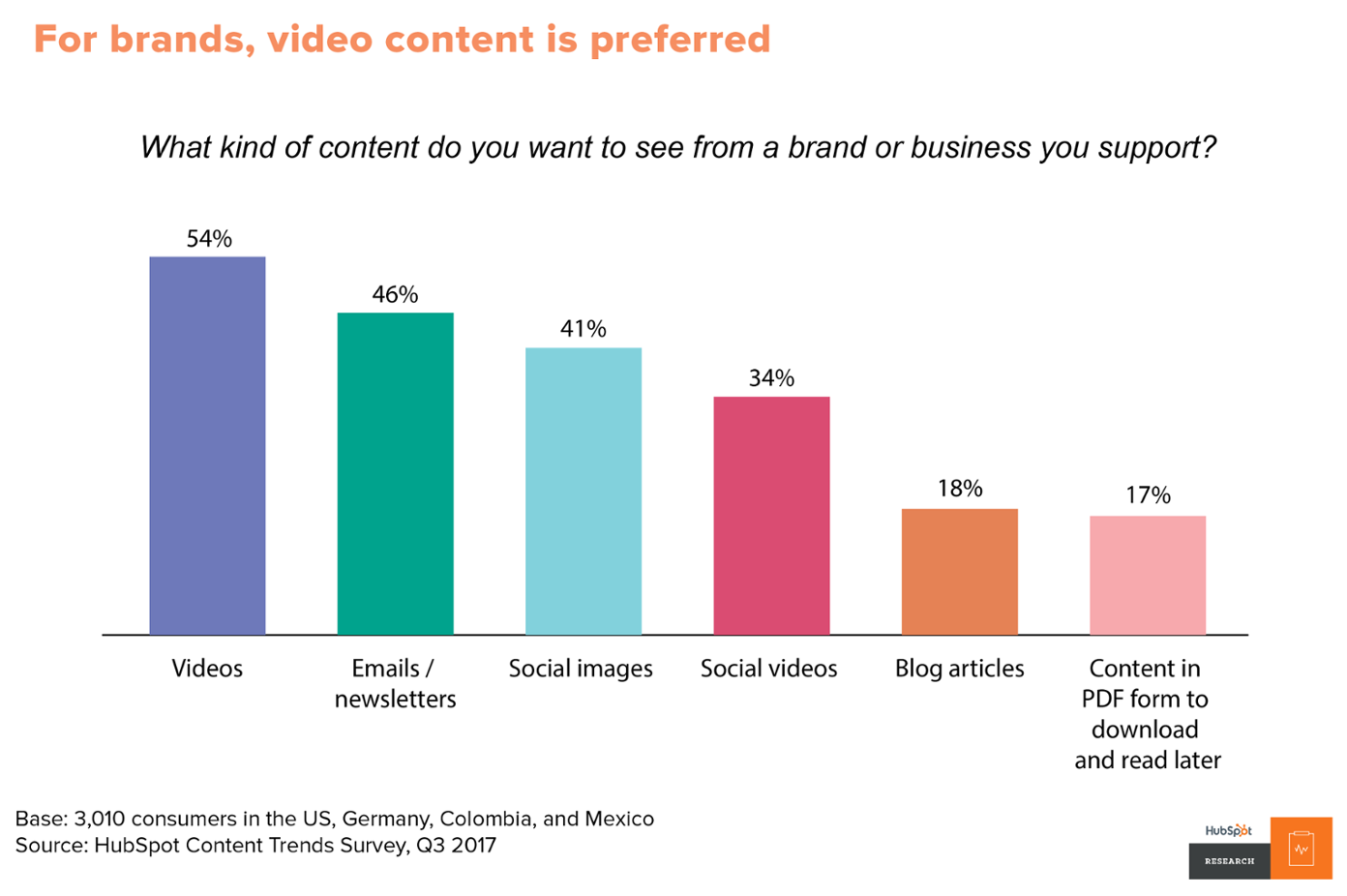
(Image Source: Hubspot Blog)
Leave the old-school way of presenting your product. Although the typical FAQ section still works, it would be best to create a video to showcase your offers. You can even include answers to frequently asked questions about your product.
According to E2M Solutions,
“4 times as many customers would rather watch a product video than read about a product.”
One of the reasons for that is 65% of people are visual learners. This means they can easily understand things when they are presented in an audio-visual manner.
LeadFuze has an audio-visual FAQ section where you can learn further about our services. The videos also showcase how easy lead generation would be with the help of this prospecting tool.
6. Write guest blog posts
Contrary to what many marketers believe that guest blog posting is dead — well, it’s not!
Many brands are still using it to obtain more traffic for their websites and consider it a part of their SaaS lead generation efforts.
To make sure that your guest blog posts are compelling, you can consider these tips:
- Provide high-quality content that would be beneficial to the site
- Carefully choose the appropriate website to post your guest blog
- Pick sites with a high domain authority
7. Offer a free trial to generate leads
You can offer your leads free access to your offerings for a limited time. However, they should provide their contact information in exchange for the free trial.
With this, visitors can have the chance to test your services, which can eventually help them in making a purchase decision.
These days, most buyers would make sure that a product or service fits their needs before deciding to make the purchase.
Therefore, you must ensure that your free trial would help them see your offer’s key features.
8. Practice lead nurturing
Building relationships with your potential buyers is called lead nurturing. You have to consistently engage with them in every stage of their buyers’ journey. And you can do that by providing relevant and valuable content.
This is one of the most powerful SaaS lead generation strategies because it allows you to build credibility and trust by showing prospects that you’re an expert in what you do.
An excellent lead nurturing tactic can influence buyers to choose you as their service provider.
9. Use CTAs in your email signature
Yes, that’s right — email marketing. However, this is not only about those elaborate email drip campaigns. Although that is an excellent way to do email lead generation, you should not take simple emails for granted.
Just like elaborate email drip campaigns, simple emails can work wonders for your SaaS business.
The key here is to craft a cleverly written CTA (call-to-action) that will not only increase your reach but also catch your readers’ interest to make them click.
10. Perform influencer outreach
When you’re planning to generate more leads by targeting influencers, it doesn’t mean that you will only target those in the software niche.
In building a powerful SaaS lead generation campaign, you should not limit your influencer outreach.
You can extend it to those people that represent your ideal customers. Besides being the closest to your buyer personas, your customers look at them as authorities in strategy and tool recommendations.
Therefore, your ideal clients are more likely to listen to their ideas on what tool to use.
You can target consultants, subject-matter experts, and entrepreneurs.
Conclusion
SaaS lead generation is basically communicating your company’s value to your ideal clients and encouraging them to provide their contact information such as an email address.
Since the market is very saturated these days, it’s essential to choose the right SaaS lead gen strategies to get more leads for your brand. You can experiment with the methods we have listed above or combine them with other techniques you know.
When it comes to prospecting, LeadFuze has the best prospecting tool on the internet. It can help you find qualified leads for your SaaS company.
Want to help contribute to future articles? Have data-backed and tactical advice to share? I’d love to hear from you!
We have over 60,000 monthly readers that would love to see it! Contact us and let's discuss your ideas!
